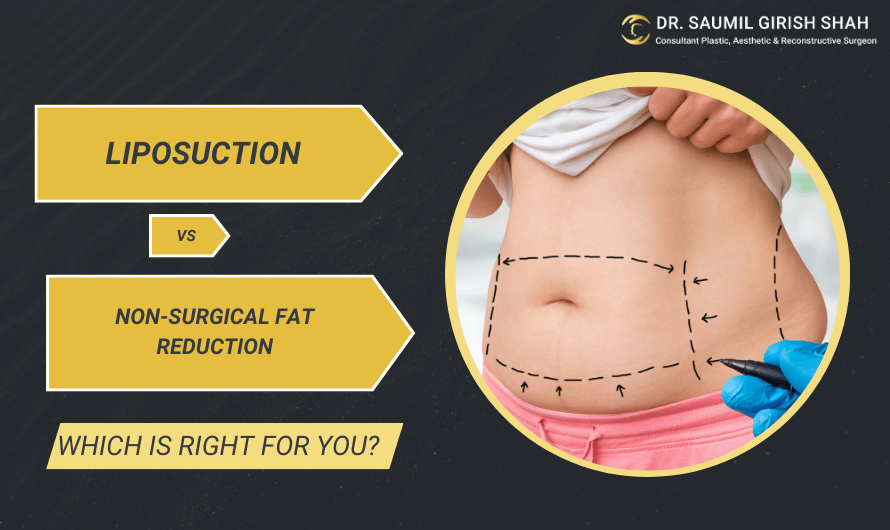Liposuction vs. Non-Surgical Fat Reduction: Choosing the Best Option
Introduction

In the quest for achieving desired body contours, two popular options often come into consideration: liposuction and non-surgical fat reduction treatments. Both aim to reduce localized fat deposits, but they differ significantly in terms of procedure, recovery time, and overall effectiveness. Deciding which option is best suited for you requires understanding their differences and aligning them with your personal goals and preferences.
Explore the differences between liposuction and non-surgical fat reduction to choose the best option for your body contouring needs.
Liposuction: Surgical Precision and Immediate Result
Procedure
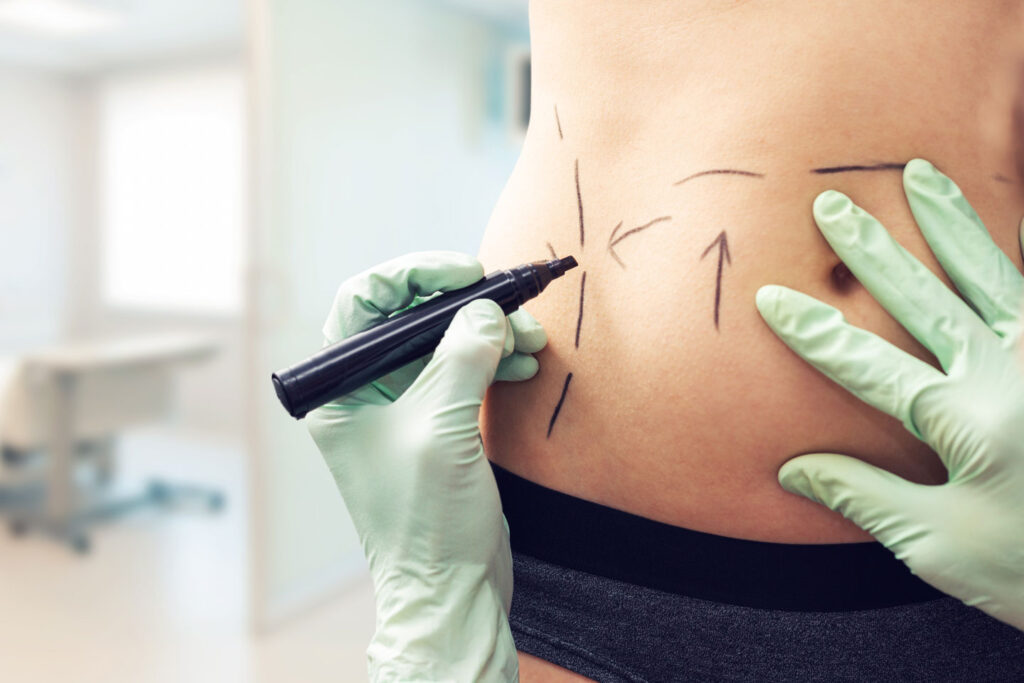
Liposuction is a surgical procedure performed under anesthesia.
It includes making small incisions through which a thin tube is inserted to suction out excess fat from targeted areas like the abdomen, thighs, or arms.
Effectiveness
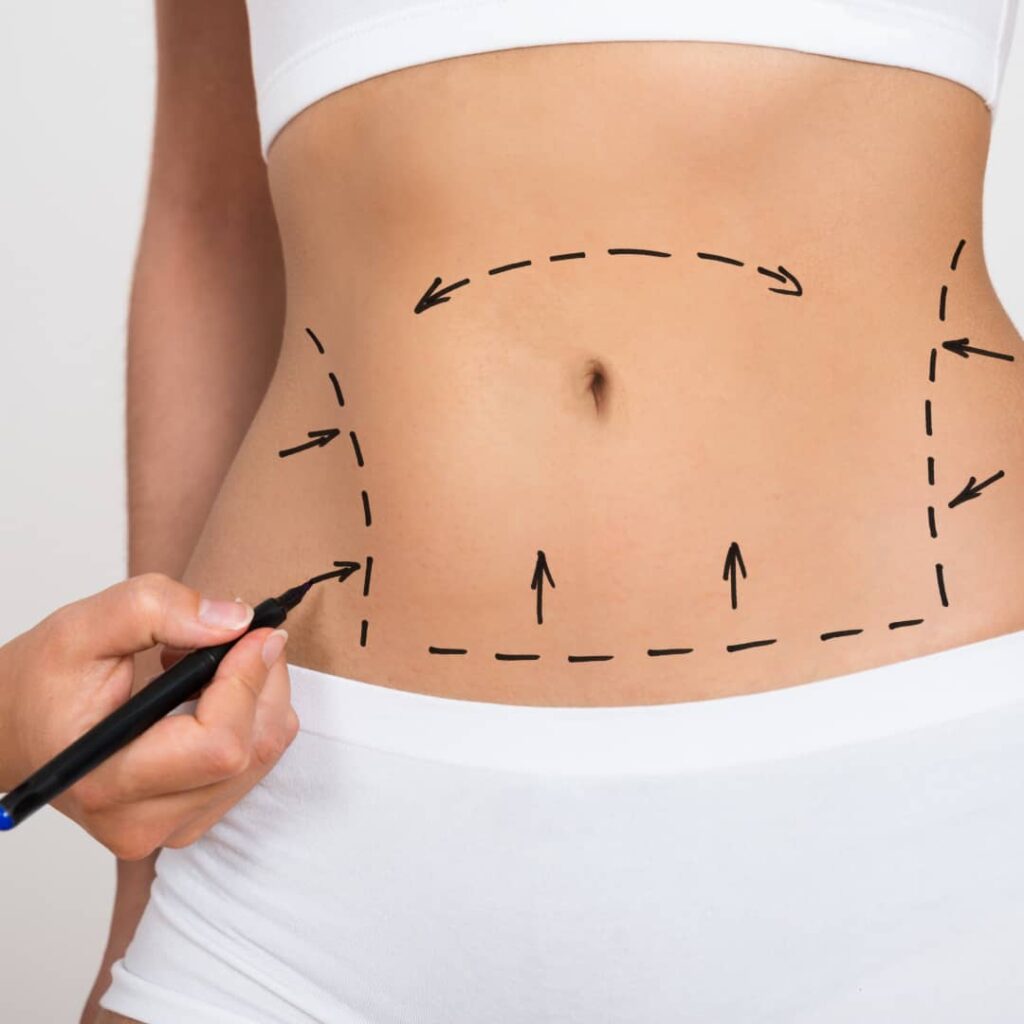
Liposuction is highly effective for removing larger volumes of fat in a single session.
It provides immediate and noticeable results, making it popular among individuals looking for significant body contouring.
Recovery
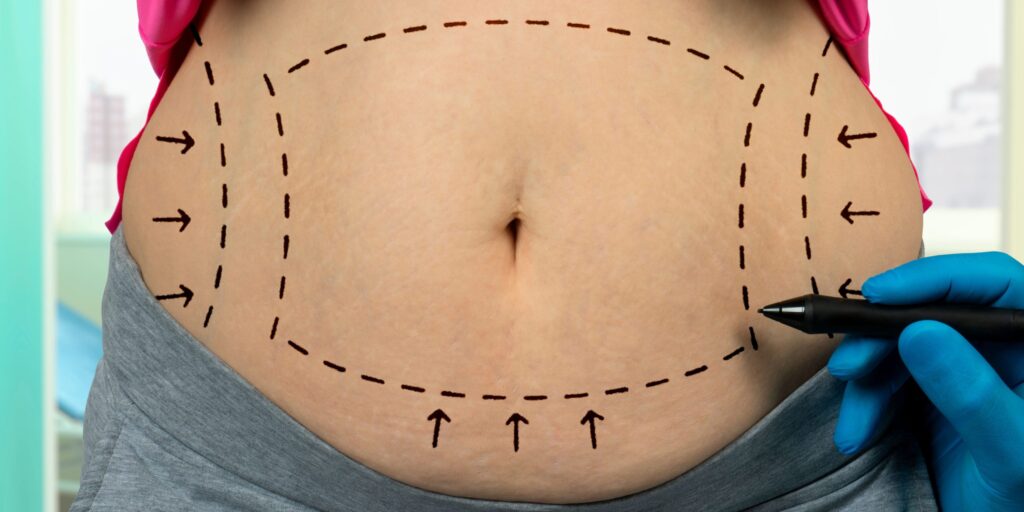
Recovery from liposuction typically involves downtime for a few days to a couple of weeks, depending on the extent of the procedure and individual healing capacity.
Compression garments are often worn post-surgery to aid in healing and contouring.
Non-Surgical Fat Reduction: Minimally Invasive Options
Technologies
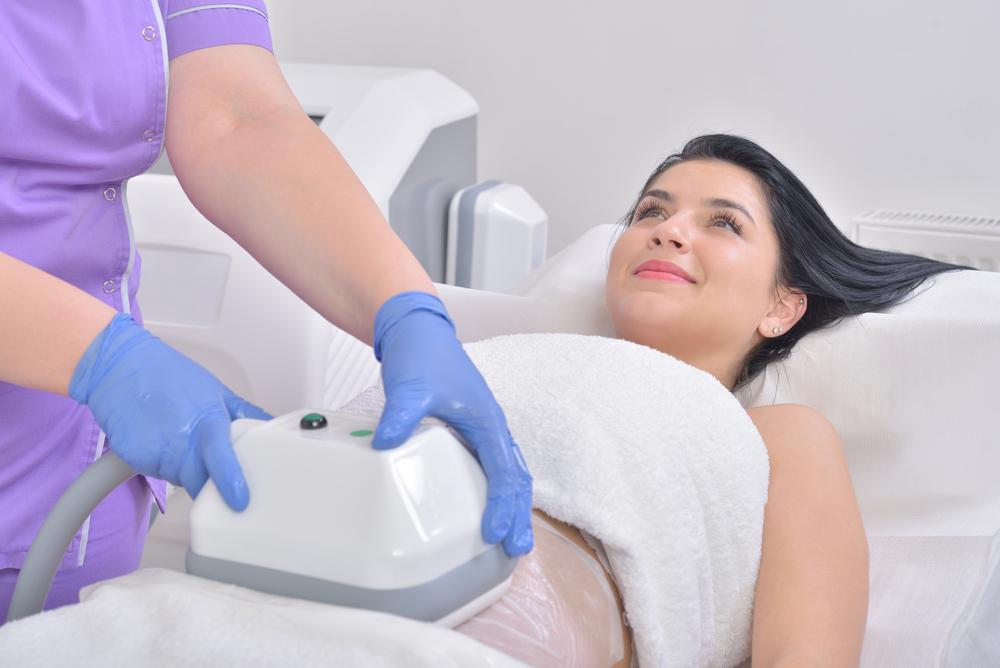
Non-surgical fat reduction techniques utilize various technologies such as ultrasound, radiofrequency, or cold (cryolipolysis) to target and destroy fat cells without surgery.
Common brands include CoolSculpting (cryolipolysis) and ultrasound-based treatments like Ultherapy.
Procedure

Non-surgical fat reduction is suitable for individuals who have smaller areas of stubborn fat and prefer a non-invasive approach.
Results are noticeable over time, with multiple sessions often recommended for optimal outcomes.
Recovery
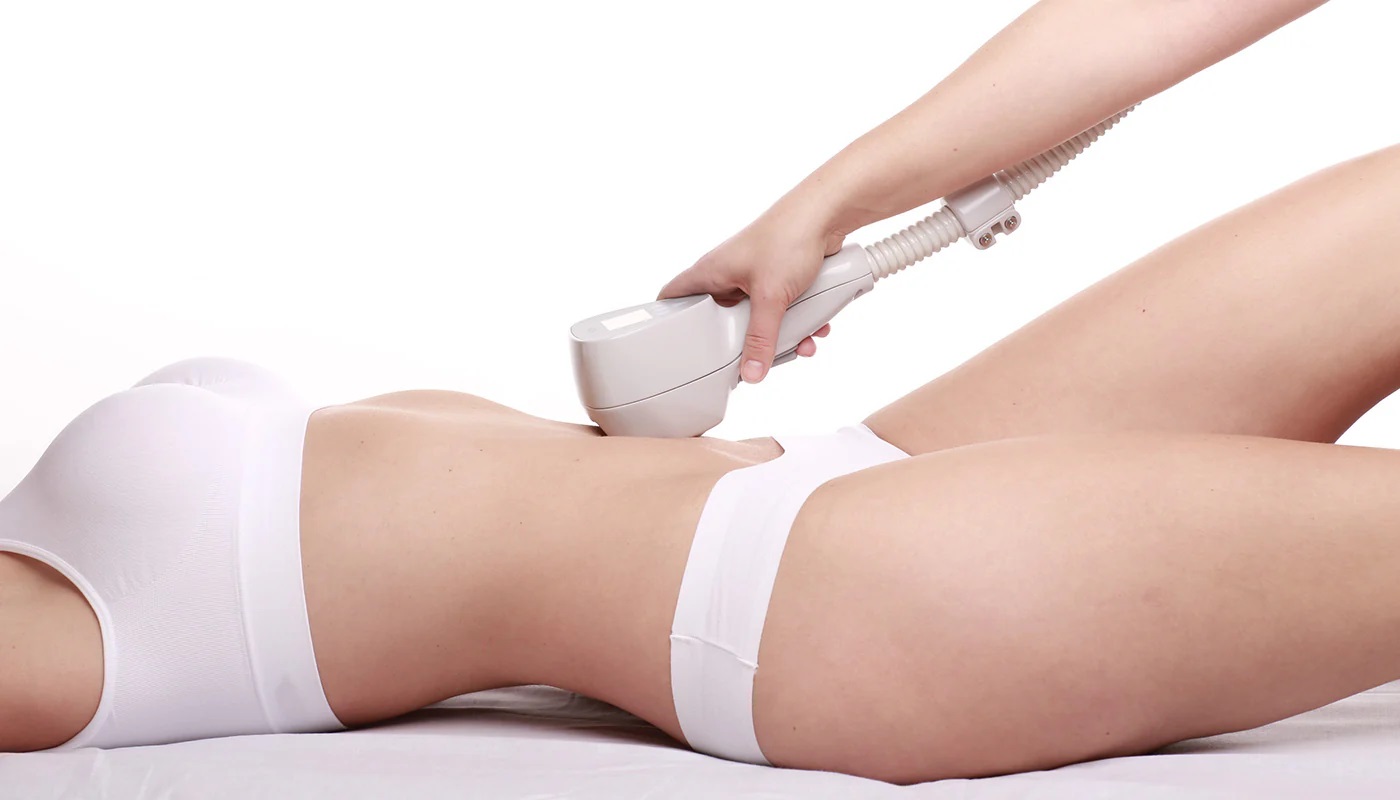
Since there are no incisions, recovery time is minimal.
Patients can typically resume normal activities immediately after treatment, although some may experience temporary redness, swelling, or bruising at the treatment site.
Choosing the Right Option
When deciding between liposuction and non-surgical fat reduction, consider the following factors:
Fat Reduction Goals

Determine the amount of fat you want to remove and the areas you wish to target.
Medical Considerations
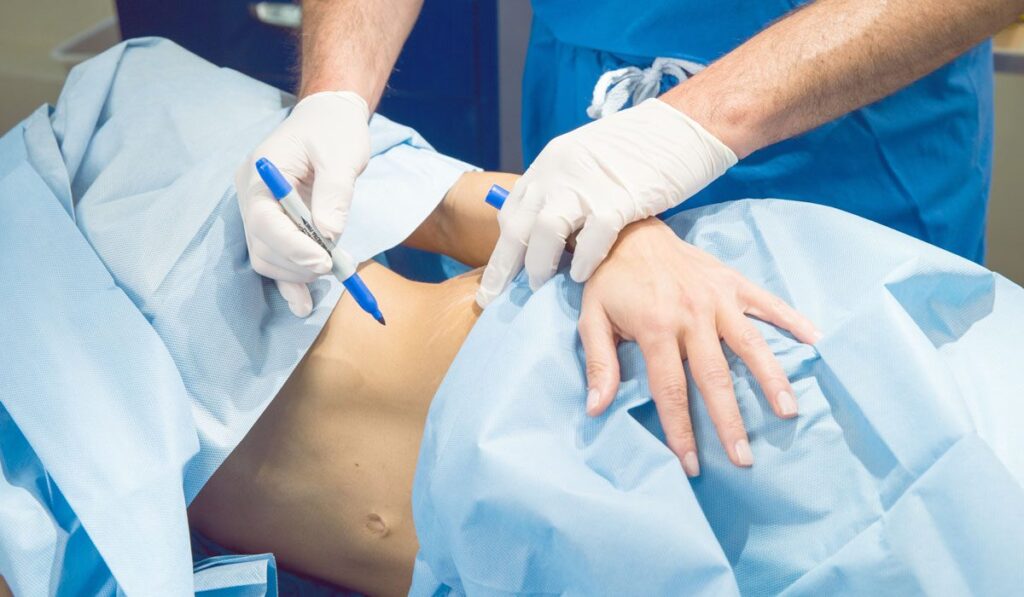
Evaluate your medical history and any conditions that may affect your eligibility for surgery or specific non-surgical treatments.
Recovery Time
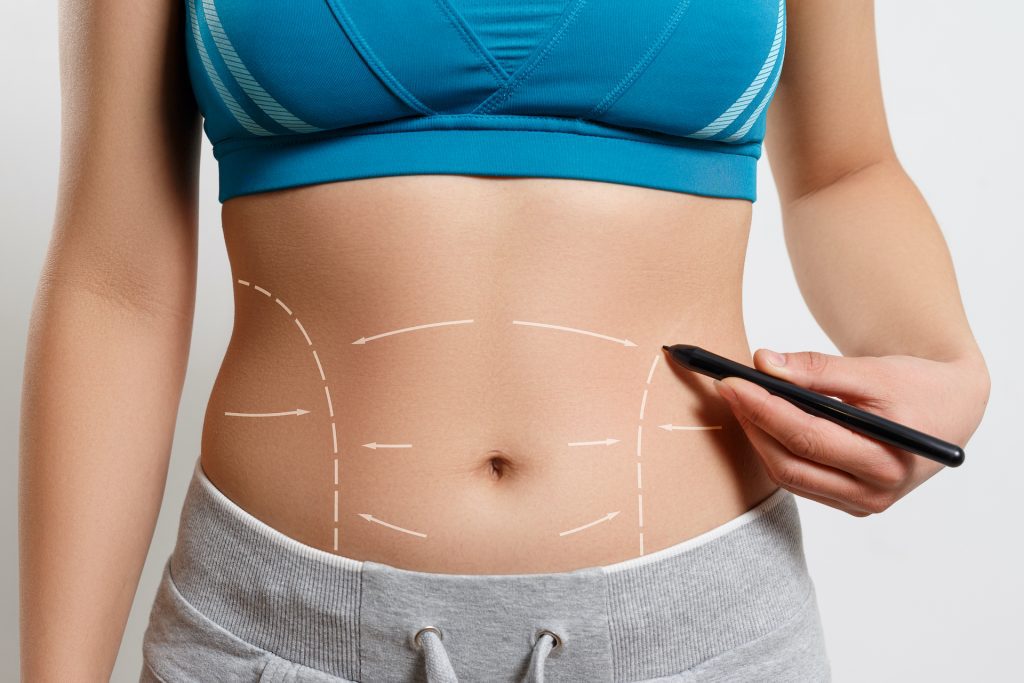
Assess how much downtime you can accommodate after the procedure.
Budget

Consider the cost implications, as non-surgical treatments may require multiple sessions to achieve results compared to a single surgical procedure.
Consultation

Consult with a qualified cosmetic surgeon or dermatologist who can evaluate your individual needs and recommend the most suitable treatment option.
Schedule a Consultation with Dr. Saumil Shah

Dr. Saumil Girish Shah, a board-certified Plastic, Aesthetic, and Reconstructive Surgeon, is dedicated to enhancing your beauty and confidence. With extensive training from prestigious institutions like KEM Hospital and Sion Hospital, Dr. Shah specializes in both surgical and non-surgical aesthetic procedures.

